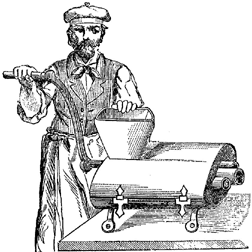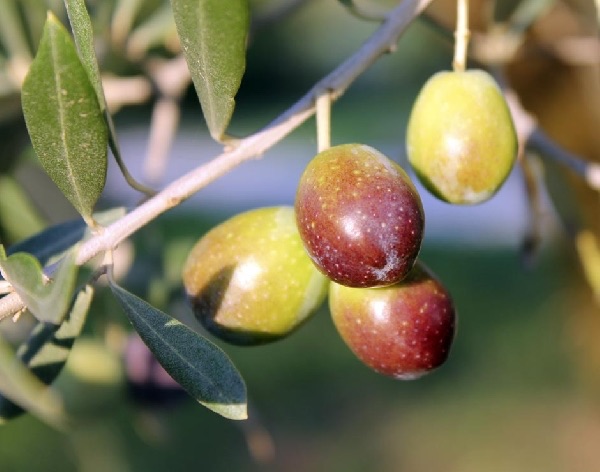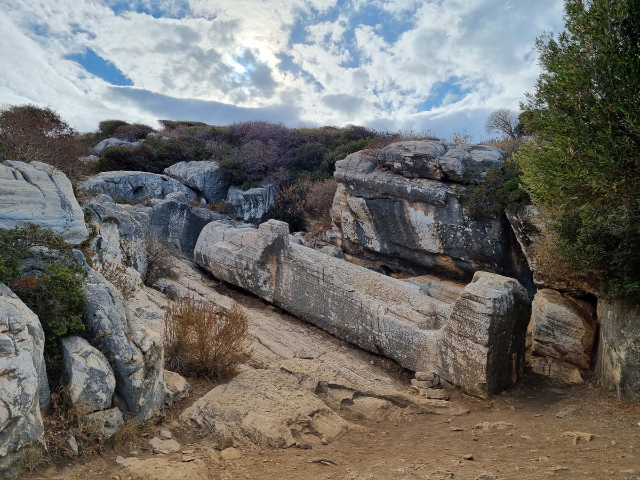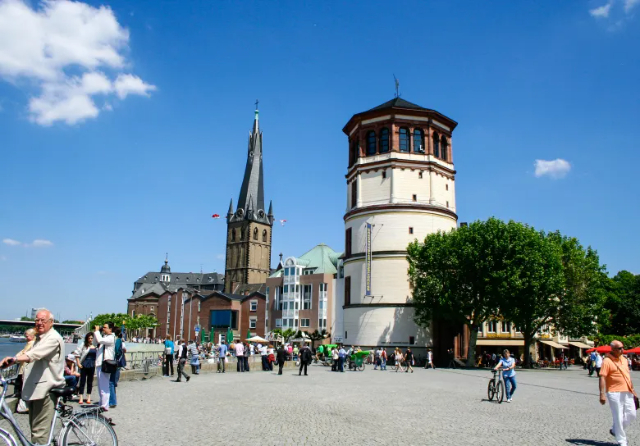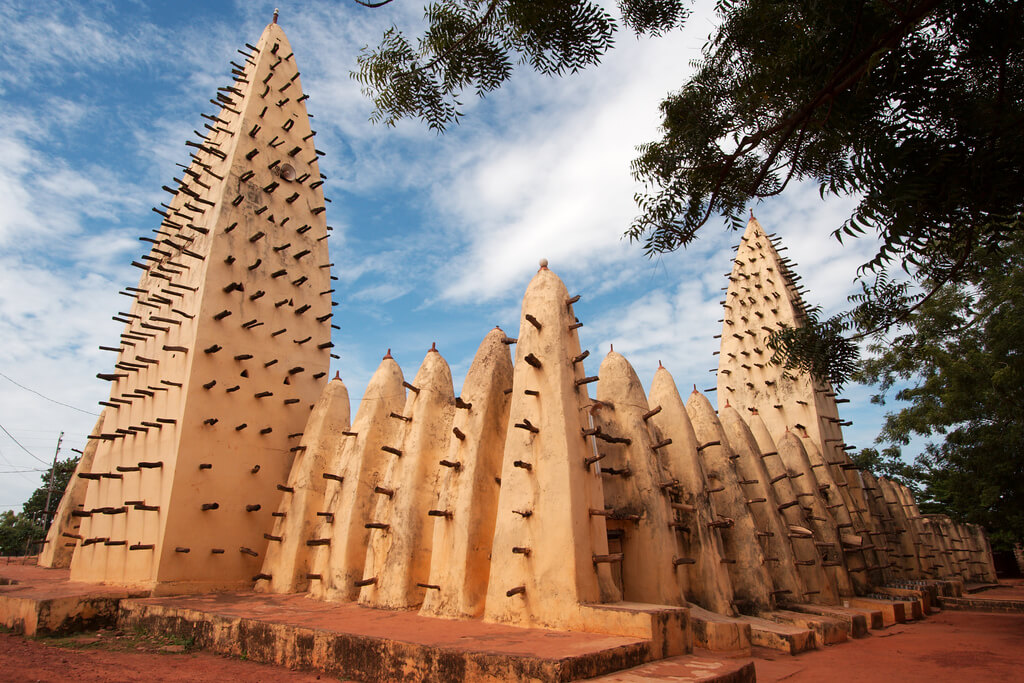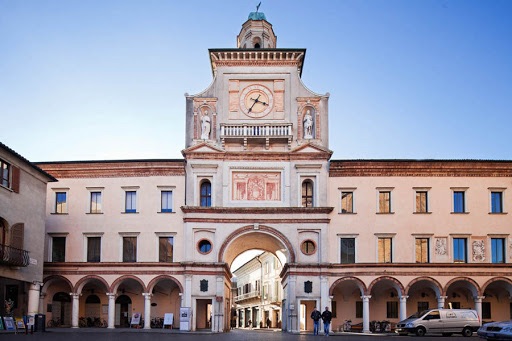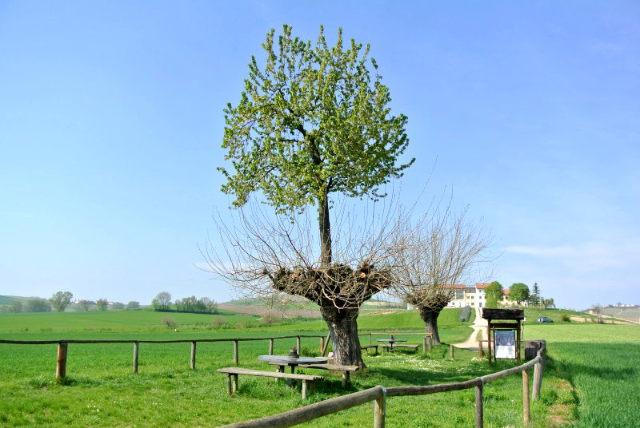Norcino, in the meaning of coming from Norcia, is a term that in medieval times was used in a derogatory sense to refer to one of the minor figures that had replaced that of the surgeon. The norcino, in fact, together with the cerusico, the cava-denti, and the concia-osse constituted (often bringing them together in themselves) that group of itinerant figures who roamed the villages and the countryside and lent themselves to practicing minor surgical procedures. It was the time when the Church opposed any bloody activity (relative to the medical aspect) because it had been sanctioned in some Councils that Ecclesia abhorret a sanguine.
The pork butchers known even in ancient Rome as experts in the art of castrating pigs and processing their meat had considerable manual skill that made them suitable even for minor operations such as incising abscesses or extracting teeth or splinting some fracture. Some of them also demonstrated remarkable technical skills that propelled them to major surgeries such as tumor removal or hernia and cataract surgeries, and they were also in great demand for the castration of children who were to be launched into operatic or theatrical careers as white voices, but of course this could not prevent the low esteem they enjoyed in the medical field.
From the 12th to the 17th centuries there was a strong development of trades related to the processing of pork, and among them the figure of the "norcino" emerged. Over time such professionals began to organize themselves into guilds or confraternities, going on to play important roles within society and creating new charcuterie products. In Bologna there was the Corporazione dei Salaroli, while in De’ Medici Florence the Compagnia dei facchini di S.Giovanni decollato della nazione norcina was born. Pope Paul V, in a bull of 1615, even recognized the Norcine Confraternity dedicated to Saints Benedict and Scholastica. Eight years later Pope Gregory XV elevated this association to an Archconfraternity, which in 1677 was also joined by the University of the pizzicaroli norcini and casciani, and of the medici empirici norcini. Graduated, blessed and licensed, the norcini increased in fame in various parts of the peninsula. Their activity was only seasonal, as the pig was killed once a year in winter. They would leave their towns (Norcia, Cascia, Bologna, Florence, Rome) in early October and return there in late March, when they became sellers of straw or horticultural items. The figure of the norcino kept its fame intact until after World War II. The currently largest community of norcini is that of Rome, beyond its civil association established in 1623, is expressed in its deep-rooted religious foundation, which is currently identified in two churches of singular prominence. S. Maria dell’Orto erected in 1566 in which the norcini participated with other consortiums and in which various chapels are dedicated to the universities of associates, among them also that dedicated to the "pizzicaroli." The other church is that of Saints Benedict and Scholastica at Argentina, which officially is the regional church of the nursini. Built in 1619, it is of modest proportions and was restored in 1984; it is also home to the work of St. Rita and the archconfraternity of Sts. Benedict and Scholastica whose brothers on the white cassock wear a blue mozzetta. The feast days of St. Benedict (March 21 and July 11), St. Scholastica (Feb. 10), and St. Rita (May 22) are celebrated there with solemnity, and on the second Sunday in November, the nursini who died during the year are remembered by name.
Pork butchery was practiced in the winter season, and from Rome or Tuscany traders procured laborers in Norcia at the Ferragosto Fair. Filled more with people than with goods, it was called the fair of "sienti ‘n può" because this was the phrase with which the "masters" addressed possible "garzoni" to agree on the conditions of the working relationship. With this came a work-board-housing coexistence especially when the garzone went into first employment to start the cursus of the trade; hard work in the backroom and basements for ten to twelve hours a day in the winter. The apprentice was initially in charge of cleaning the store, then processing, and when there was nothing to do, he was not allowed to loaf around but was mixed into a dish with legumes (chickpeas, lentils, beans) that he had to "recapture." On Mondays, Wednesdays, and Fridays at 5 a.m., a company head of several shopkeepers with a boy apprentice for each would go to the boario field where pigs would be chosen for slaughter. Taken to the slaughterhouse and slaughtered, the boy would do the peeling, they were, then hung on the hook rack from which each person would pick up those chosen at the slaughterhouse; if confusion arose in recognition we relied on luck. In the summer the pork butchers who had only the butcher’s store rented the store to seasonal traders, usually the Tuscan chaplains, and returned to Norcia to cultivate the small fund they owned, the garzoni that of their parents. In winter they would return to the city and the garzone would continue their careers: from apprentice to skinner, to bagger, butcher, assistant clerk, mezzarolo i.e., half-partner in the business, until they became independent shopkeepers or shopkeepers. A story is told of a letter that an apprentice from Rome had sent to his family along with some sausages, informing them of his career: "Dear parents, I am sending you these few sausages made with my pig hands, the master for now has me skinned but at Easter he will have me scannare."
Curious is the theatrical figure of the Norcino, the character also had a significant dimension, whose icon we discover was proper to the great Italian Commedia dell’Arte, on a par with Pulciella, Harlequin and others.
The Norcino mask is also mentioned in recent works such as:
"Mos Maiorum – the costume of the ancestors in the Valnerina through the analysis of seasonal events" (Pierluigi Valesini, Nova Eliografica Snc, Spoleto, 2004).
"The Norcino on stage. From slaughterer of pigs to castrator of children. From cavadenti to surgeon. From charlatan to theatrical mask."(Cruciano Gianfranco, Quattroemme Ed. Perugia, 1995).
